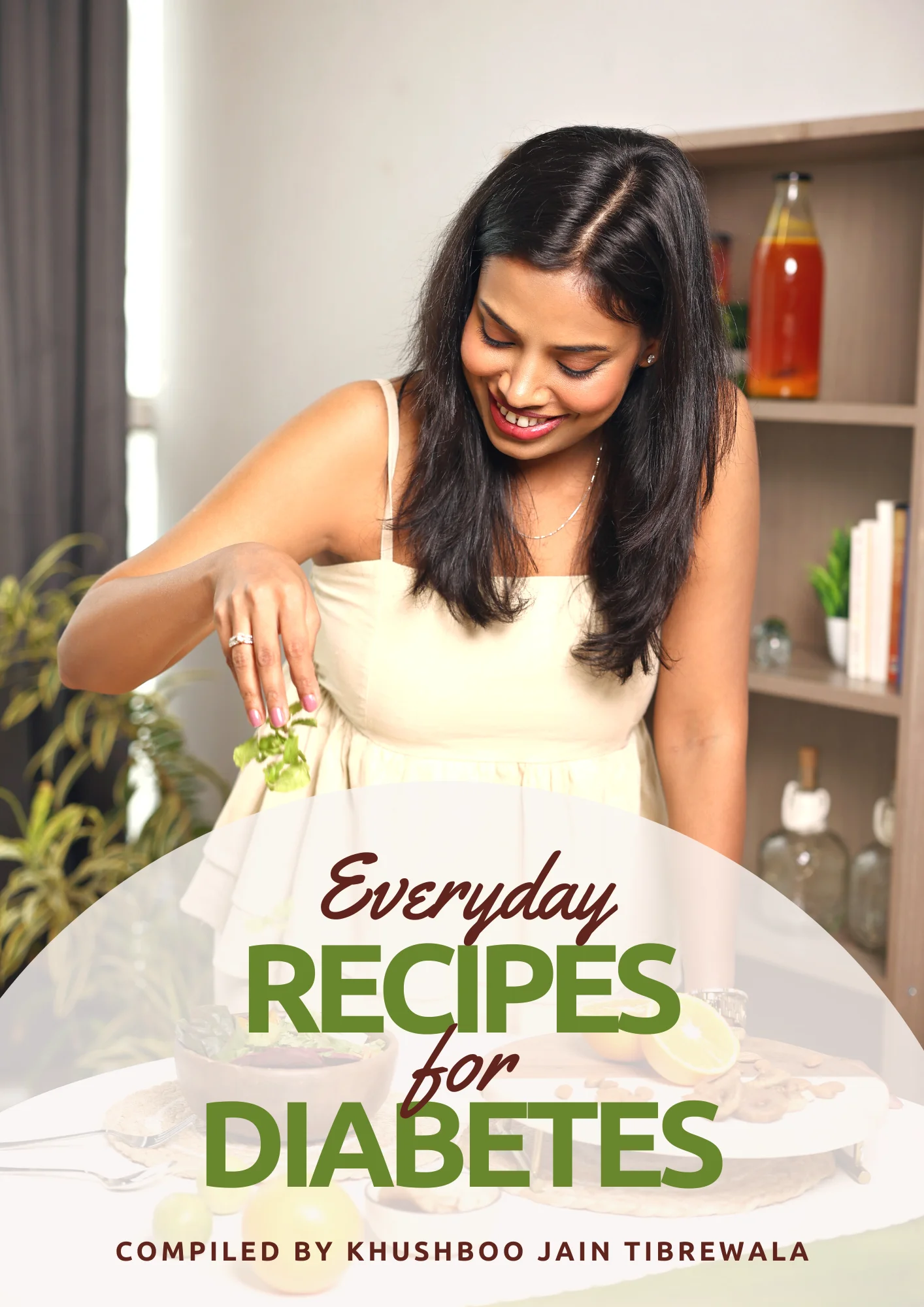Is Keto good or bad? Is the Mediterranean better than the Paleo? What exactly is the Blue Zone Diet? Are plant-based diets for everyone?
I need to lose weight quickly, should I do the Zone diet or the GM diet or Atkins or LCHF?
Just like fashion brands change their collection every season, it feels like, a new diet somehow shows each season. Some diets come and go without making too much noise, while there some stay.
In this article, I will take you through the world of diets and teach you how to gauge the efficacy of the diet for yourself.Why do these diets become so popular?
Quick results is one of the biggest reasons. If it promises quick weight loss, people will even go on a diet that makes them eat just Cabbage Soup all day long. Oh wait, they did! The “Cabbage Soup Diet” was super popular in the early 2000s. Then there was that phase of the Atkins Diet, The Beach Body 21-Day Diet, GM Diet and more. Most of these diets promised quick results, even if that came at the cost of actual health.
A more recent phenomenon has been diets that claim massive health benefits, even if the science is not completely clear. The Keto diet is the number 1 example here. Then there’s a diet that says you can eat whatever you want within a 50-minute window, the blood group diet, an alkaline diet and so on.
Irrespective of what the diet was marketed as each of these diets was and still is measured by the kilos you lose.
So why are these diets popular? Because they help you lose weight, and we are obsessed with our weight (even if that’s at the cost of actual health).
Now let’s deep dive into some of the popular diets and see what we can learn from them and what we can ignore.
1. Mediterranean Diet
This diet comes from, as the name suggests, the Mediterranean region. So the diet is based on the food eaten in Italy, Greece, Turkey, Spain, Portugal, and some other nations in that region. The diet basically focuses on eating unprocessed, whole foods like legumes, whole grains, lots of vegetables, fruits, nuts, olives and moderate amounts of seafood, eggs and meats.
PROS
This diet has shown a reduction in cardiovascular disorders, improved longevity, cancer prevention, slow progression of Alzheimer, improved fertility amongst women and much more. The diet is easy to follow and can be easily modified based on your own geography. And finally, the diet comes with proof that goes as long back as we can trace it.
CONS
Since it doesn’t really define how much fat one can eat, the diet can lead to weight gain. Also, unless you live in the Mediterranean region where these ingredients are cheap, this diet can burn quite a hole in your pocket. Finally, for people who come from meat-eating families, switching to a diet like this one can lead to muscle loss, loss of energy and nutritional deficiencies if the switch is not done in the right way.
FINAL VERDICT: The Mediterranean Diet is one of the best, most effective ways of staying healthy. Just understand the logic and follow the basic guidelines BUT with the ingredients that are available around you. So a localized Mediterranean Diet is great!
3. Intermittent Fasting / OMAD / 5:2
This is more of an adjustment than a diet. And while it has been turned into a glamourized, productized trend, it has its roots in something very solid! If you think about it, every single religion in the world observes a period of fasting. Hindus have Navratri, Muslims have Ramadan, Christians have Lent, Jains have Paryushan and so on. Hindu culture gives added importance to fasting more regularly. For eg. Ekadashi fasts, Karva Chauth, Monday fasts, etc. And we know that our ancestors, even our grandparents, are healthier and fitter than us.
Researchers recently studied the various religious fasting periods to understand their impact on overall health. The results were astonishing! They found a reduction in almost all metabolic parameters. Body weight, HbA1c, Fasting Insulin, Triglycerides, Liver enzymes SGOT, SGPT, Inflammatory markers like ESR, CRP, Blood Pressure, etc. This basically meant that fasting potentially came from a place of health in addition to the several spiritual benefits they promise.
This is when the popularity around fasting became popular. It helps stop cancer growth, put type 2 diabetes into remission, reverse fatty liver, get rid of emotional eating, boosts immune function and even helps you lose weight!
PROS
When done correctly, can be a lifesaver. Barring pregnancy, menstruation and recovery periods, fasting is a great way of living. If you start this habit and follow it on 5-6 days of the week, be rest assured that you are adding years to your life.
CONS
The biggest con is the Westernized definitions. They took such a simple practice and butchered it. So the more popular version that you will find online will say that you want to maintain an eating window of 4-10 hours and a fasting window for the remaining part of the day. “16:8” is the most common. The other format is eating one meal a day or “OMAD” and finally, there’s one where you eat on 5 days of the week only, this is called “5:2”. The problem in these is that none of them accounts for the natural digestive processes and circadian rhythm of the body. Under no circumstances is eating a 1500 kcal meal in one go a good idea and its even worse when you do so at 10 in the night. So you want to use a little common sense before you got onto this bandwagon.
Also, these diets also allow “no calorie” beverages like tea and coffee. This still puts pressure on your digestive system. Calories are an obsolete way of defining health.
FINAL VERDICT: Follow the “Circadian Fasting” format. You eat only once the sun is at its peak (this is usually around 10 am in India) and stop eating once the sun sets (around 7 pm in India). Your largest meal should be the lunch and the dinner smallest with as little grain and meat as possible. Your first meal should be small. Using dates to break your fast is practised during Ramadan and it’s a great way to start your meals. You don’t need to stick to a specific number of meals in this window. Just eat when your body asks for food. Maintain your portions too. And finally, in your fasting hours, just water, that too boiled and cooled water is ideal.
2. Keto Diet
This one when new, was all the rage, claiming to change the way we look at human anatomy itself. At its peak, this was one diet that seemed to tick all the boxes. In cities like Mumbai, even the smallest kirana shop was well aware of what keto meant and had a few products to offer. The healthy meal delivery industry boomed because of how difficult keto meals are to prepare. Things like nut butter, and nut milk shifted from being premium fun products to kitchen staples for so many of us. So while nutritionally, I am not at all pro keto, I have to give it credit for the shift it led to.
But what is the verdict, is keto diet as good as some say and as bad as others say?
Keto diet is basically a diet that almost completely eliminates carbohydrates from your diet and increases the amount of fat you take to 70-75% of your total calorie intake. Dieters had to quit all types of cereals, i.e. rice, roti, bread, pasta, potato, etc. They also had to start tracking their calorie and macronutrient intake constantly. Families, where one person decided to go keto, had to make everything twice, once regular the other keto. If you’re a vegetarian then you have nothing but paneer and tofu to eat. No dal chawal, no mango, no banana, no aloo ka paratha, etc. What I am trying to say is that this is one diet that led to a major dietary shift individually, at a home level and as an industry.
Its health benefits however are questionable. Here’s why I say so:
-
-
-
- Whenever you are in doubt, it is safe to go back and see what our ancestors were eating. If the only food that is available in surplus has carbohydrates and fibre in it, then can it really be bad for you? Think of our hunter-gatherer ancestors. I doubt their diet looked anything like our keto diet today.
- Long term rise in inflammation has been identified
- Super restrictive, making your own life and the lives of people around you hard
- Expensive
- Needs a lot of effort and planning
- High-fat intake can lead to other health issues like dyslipidemia, fatty liver, etc.
-
-
Final Verdict: SKIP IT! It’s just not worth the effort and the potential risk.
4. Paleo Diet or the Paleolithic Diet
As the name suggests, the paleo diet aims at recreating a version of what our palaeolithic ancestors ate. So that’s whole fruits, nuts, vegetables and meats. You basically eliminate all grains, all dals, everything processed, dairy, sugar, ready-to-eat foods, and so on. This diet has shown excellent results in some but tends to be high in fat which may not always work well. Also, the biggest challenge with the Paleo diet is that it cannot be maintained for too long. Most people who start it drop out within a few months.
The core principle behind this diet is quite solid, but it is again taken to an extreme version where impracticality takes over.
5. GM Diet or General Motors Diet
This diet is the epitome of harmful diet culture taking over our lives and us not using our common sense at all! (sorry for the harsh words, but every Nutritionist on Earth cringes at the thought of this diet). The GM diet was designed for the employees of General Motors back in 19… The employees were made to follow this diet because the people at the helm saw them gaining weight and the consequent reduction in productivity.
While such focus on employee health is something every corporate should do, corporate wellness cannot come at the cost of health and logic. This diet promises a weight loss of almost 1 kilo per day. So in just 1 week, you lose about 7 kilos. And in order to do so, there is a daily meal pattern. One day is just fruit, then a day of just potatoes and vegetables, then a day of 6 tomatoes and rice etc. None of these meals focuses on overall health. It causes great discomfort to your metabolic health, you lose muscle, your digestion goes for a toss and so does your mental faculty. No amount of weight loss is worth any of this.
Final Thoughts
There are these and a whole world of other diets that one can follow when one wants to lose weight. But there is just one thing I can say after all these years of living in the world of diets. The only diet that will work for you is the one that is built for you and just you. A good diet should take into consideration your health goals, your family history, your lifestyle, your work timings, stress levels, food preferences and maybe even the fact that you do like that weekend Pizza or you like to go out drinking with your friends on Saturday nights.
A good diet is not a temporary regime, it is a way of living. A diet should be what you can eat for the rest of your life, not a few weeks.
If you are struggling with your diet, a good place to start is normal Ghar ka khana. Roti sabzi dal salad is the best meal! Start there, and go back to home food on weekdays at least.
If you have specific health goals that need to be addressed, look at your diet before you start medicines and supplements. If you need help figuring out a plan of action that works for you, feel free to cook an exploratory call with me here – “Book Call”





